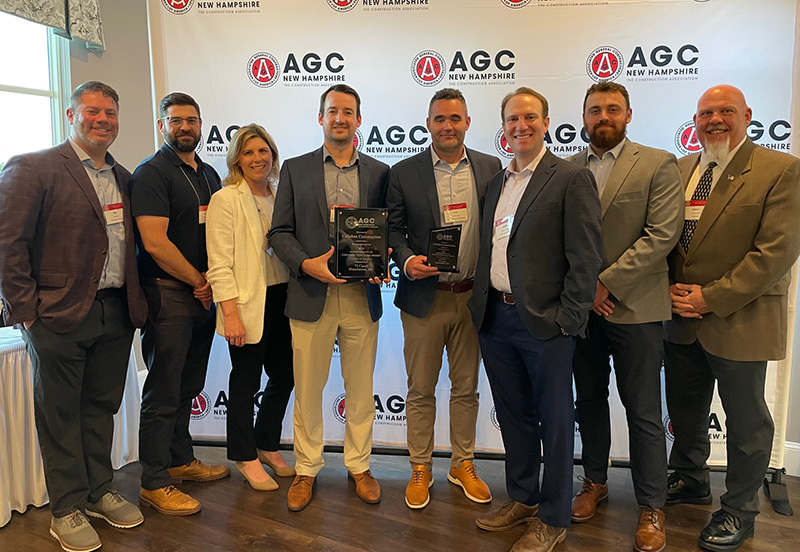Benjamin Franklin Institute of Technology shares plans for proposed Nubian Sq. campus
Roxbury, MA Benjamin Franklin Institute of Technology (BFIT) has submitted its formal proposal for a relocated campus in Nubian Sq. to the Boston Planning and Development Agency (BPDA). The campus proposal was developed in partnership with Studio G Architects and collaborating architect Studio Enée, which provided comprehensive architectural planning and design. Located at 1003-1013 Harrison Ave., the new, facility will transform BFIT facilities, effectively updating spaces to accommodate existing programs and creating flexible new space that can change with the institution’s evolving program offerings.
“This is an exciting step forward for the future of Benjamin Franklin Institute of Technology and our goal of creating an innovative, state-of-the-art facility for our students and faculty and the Greater Boston community. Our inspiring new home will serve learners from Boston and gateway cities alike,” said Aisha Francis, president and CEO of BFIT.
“The dual pandemic of systemic racism and a deadly virus has reinforced the importance of our institution remaining vibrant and accessible to the community we serve, as well as developing deeper relationships with key neighborhood institutions to best match the needs of our students with those in the community. Nubian Square is one of Boston’s most diverse and vibrant neighborhoods, and we are so happy to call it home for the next chapter in our school’s history.”
The new three-story, 68,000 SF building will support seven academic departments with technical labs, classrooms, conference, meeting and huddle rooms, a central student lounge, study space, administration and other offices, and support spaces. At the corner of Harrison Avenue and Eustis Street, the first floor Engineering Technology Robotics Lab will be visible to passers-by. The Automotive Department will have a live garage to which the public can bring cars for repair by students. Outdoor space includes a rooftop learning lab, supporting the schools hands-on learning with access to rooftop HVAC systems, photovoltaic (solar electric) panels and roof-mounted wind turbines, as well as spill-out gathering and social space.
“In collaborating with BFIT and its development team, our goal is to transform a vacant, former industrial site into a vibrant higher education and community-sustaining asset,” said Gail Sullivan, Managing Principal of Studio G Architects. “With BFIT’s aspirational goals, Studio G’s team is excited to utilize a regenerative design approach to create a new campus that sustains the students, faculty, and the Nubian Square neighborhood. The building will enhance BFIT’s mission to prepare graduates for work, life-long learning, and citizenship and simultaneously have a positive impact on the community.”
An extensive strategic planning process by BFIT, Studio G Architects and the consultant/development team resulted in a master plan to leverage the significant value of its existing real estate and invest into a new purpose-built facility. In addition to current programming needs, the building can accommodate planned growth to approximately 600 students and offers new optionality for future programs.
“It would have been impossible to create this type of highly specialized and flexible space within our current Berkeley Street location,” said Francis. “In collaborating with Studio G to look to the future, we were able to think boldly about the needs of the college for several generations to come. This includes assuring that we meet the needs of both the Roxbury, Dorchester and Mattapan communities where many of our students are located and expanding our reach across the Commonwealth.”
Nobis Group awards Robinson and Moreira STEM scholarships


Ask the Electrician: Is summer a prime time for commercial electrical maintenance?

The design-build advantage: Integrated interior design solutions - by Parker Snyder

The rise of incubators and co-working spaces: The latest in life sciences - by Matt Combs








.png)